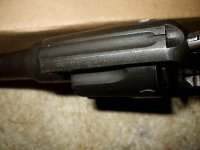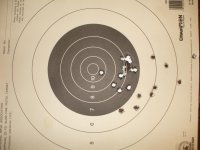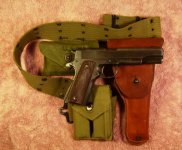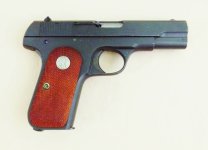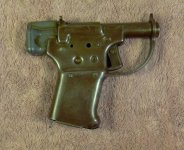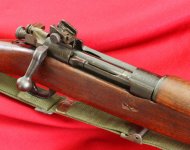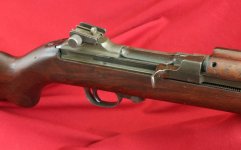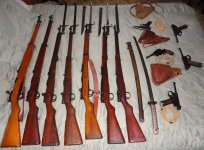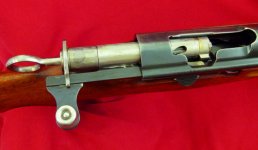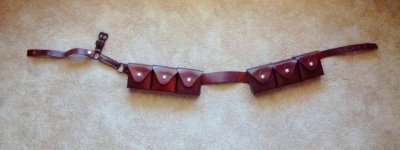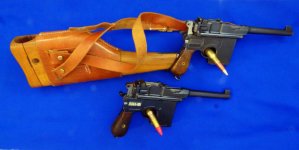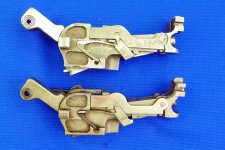Here is just one which I know had at least one exciting trip in its biography:
A pre-Victory British Service Revolver, shipped to the British Purchasing Commission in May 1941.
Since it has the acceptance stamp from the Royal Small Arms Factory at Enfield on the frame, which was discontinued once Lend-lease started, I know it crossed the ocean in the belly of a freighter sometime before the end of 1941, at a time when it looked like the U-boats might be winning the Battle of the Atlantic. Obviously, this ship made it.
The gun later transferred into Australian service, most likely by way of resupply for the Australian divisions fighting in the Mediterranean theater, and was FTR'd at Lithgow in 1954, where it lost its original blue finish.
Your post made me dig mine out today. It likewise went through FTR at Lithgow in 1954, but is a slightly later gun as the "UNITED STATES PROPERTY" stamp on the top strap indicates it was a Lend-Lease gun. Aired it out this evening, 15 rounds at 25 yards, offhand. NEI #169a bullet over 2.0 grains of Bullseye, reputedly a duplicate of the service load. A tad high with a 6 o'clock hold but nicely centered.


